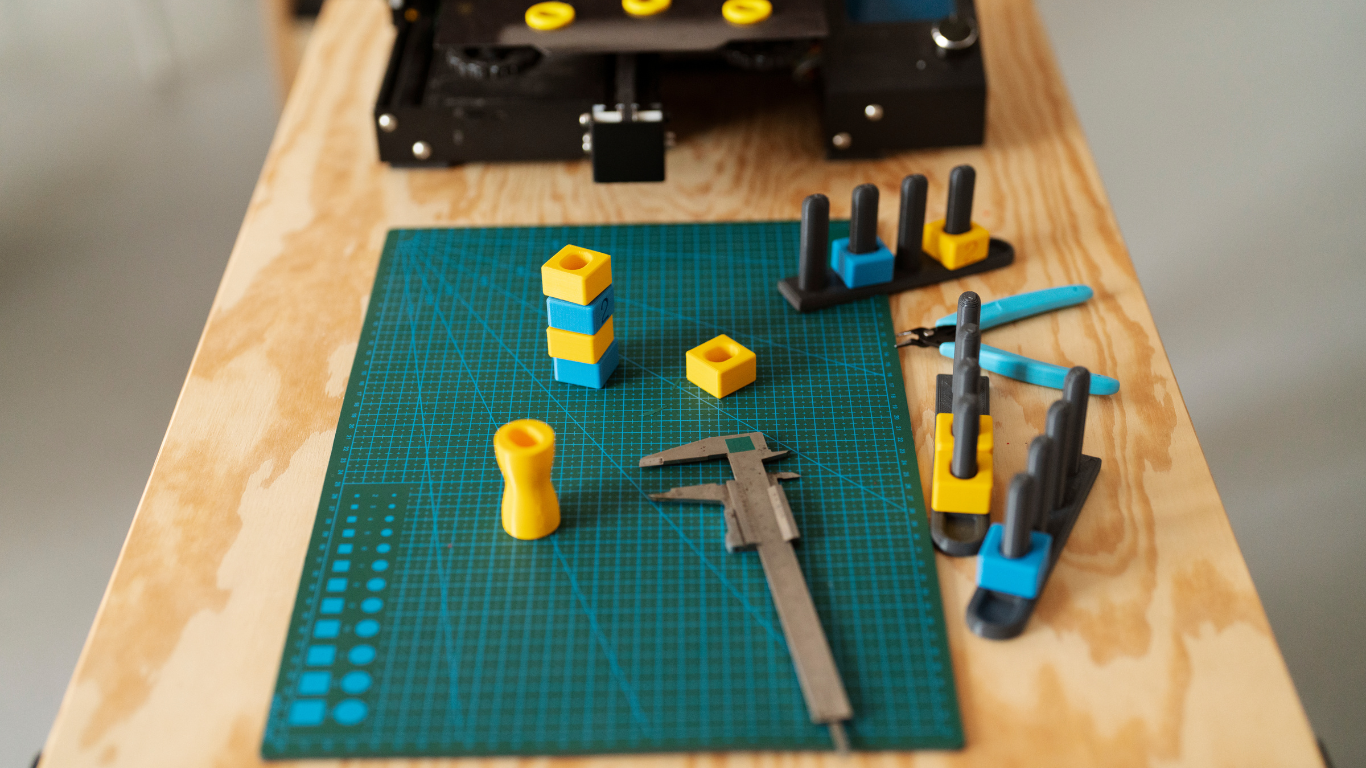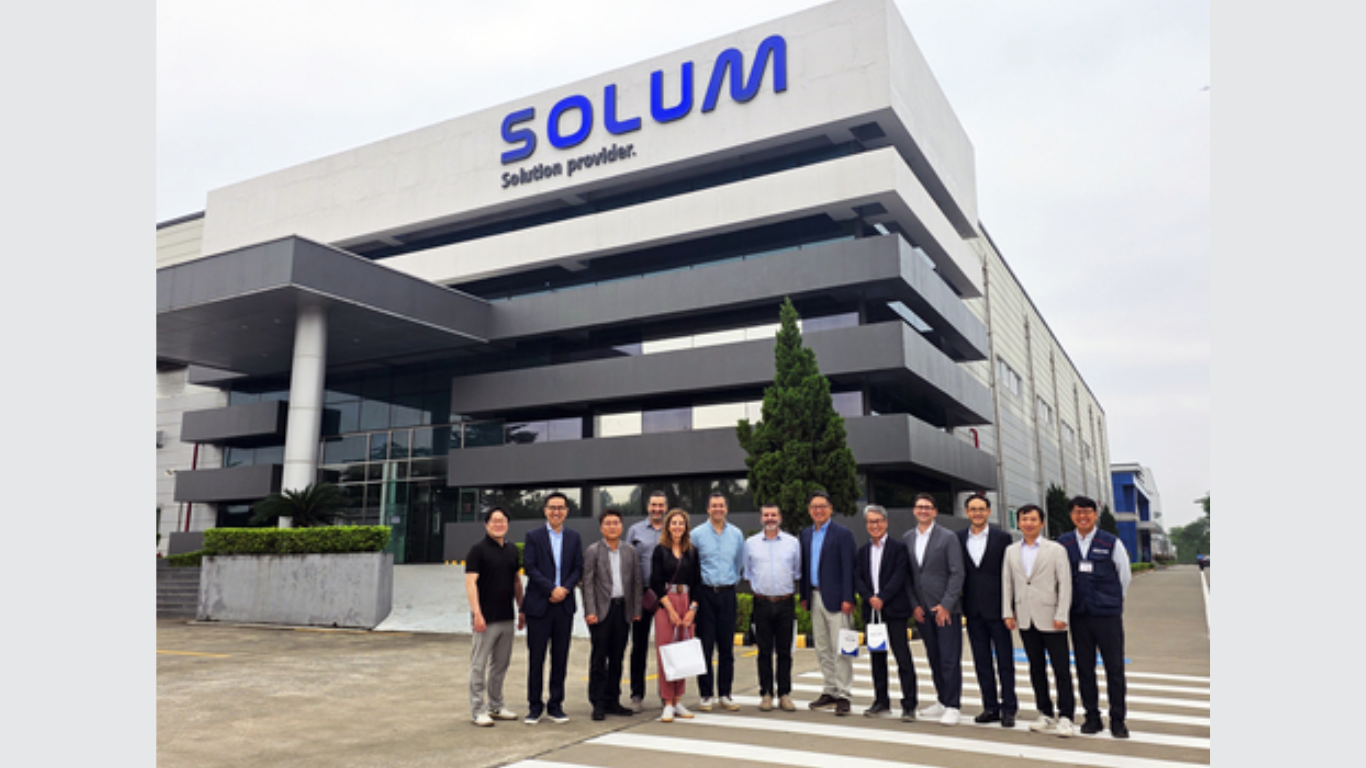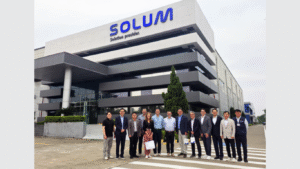As businesses grow, so does the need for adequate space. An organized workplace increases productivity and improves the satisfaction of employees. Space management avoids wastage and ensures sufficient room for future scaling. This post explores a few tips on successfully managing larger workspaces.
Understanding Space Requirements
Before realizing any strategy, the business must evaluate its existing and anticipated future needs. It needs to look into how many employees will work, what type of high-performance/collaborative work will be, and what the future expansion/branch can be. Knowing these details, the business can decide to implement and distribute space management solutions.
Flexible Workstations
Flexible workstations provide dynamic solutions for various working styles and take little time to reconfigure. Such flexibility is perfect for rapidly growing companies. Arrange in-line desks and partitions that you can move for easy transitions to the office. This level of flexibility ensures that the company effectively adapts the space for the number of employees and work needs.
Open-Plan Layouts
An open-plan design can provide any office workspace with a more expansive and communal feel. It removes the high walls and promotes dialogue and collaboration. This design minimizes the need for independent offices and best uses available space. That said, providing quiet zones or meeting rooms is essential so employees can focus on their work when needed.
Multi-Functional Spaces
Another successful solution is implementing multipurpose spaces. A conference room that also serves as a break-out space or a lounge for informal meetings maximizes the use of space. The multi-functional space helps provide versatility, which allows companies to adjust without needing to expand the amount of square footage for different activities.
Incorporating Technology
Space management is heavily reliant on technology. Such systems can monitor area usage, which helps capture data on occupancy and movements. This factor helps make the right decisions when planning and designing space. Digital booking systems also help manage meeting rooms and shared facilities, which helps prevent conflicts and resource wastage.
Storage Solutions
Space storage is a priority to keep everything organized. Corner, wall-mounted, and under-desk drawers reduce floor clutter without occupying precious floor space. Regular decluttering and digital storage eliminate the need for many filing cabinets.
Remote Work Options
Offering remote work options can help tackle the space shortage. Reduced office space demand due to work-from-home facilities for employees helps reduce overheads and gives employees the flexibility needed. Organizations can have a hybrid model where employees can switch from home to office to optimize available resources.
Hot Desking
Hot desking is another method for controlling area use. Employees are not assigned desks; they simply pick available places to sit each day. This approach works for businesses with more flexible work schedules. It takes full advantage of desk use, so there is no wasted space on vacant desks.
Incorporating Nature
Natural elements could enrich the work environment. A good environment is one with plants, natural light, and an outdoor view. Enhancing aesthetics is just one benefit; it also positively affects employees’ health and productivity. Companies can also use greenery strategically to designate different sections of an open-plan office.
Employee Input
By including employees in the decision-making process, companies will understand their point of view and improve their decision-making. Taking into account their requirements ensures that spaces are comfortable and functional. Regular surveys or feedback sessions will give you a sense of how to use the space in the future and areas to improve.
Future Planning
It is essential to plan for growth. When companies grow, they will need a different type of space. By predicting, organizations can proactively design scalable solutions, such as purchasing modular furniture or carefully designed layouts that they can change easily.
Conclusion
Managing space effectively facilitates business growth. Organizations can ensure that the work environment enables employee productivity and satisfaction by understanding needs, embedding flexibility, and correctly using technology. These strategies will help keep these workspaces efficient and responsive to evolving demands.
Article received in the mail






























